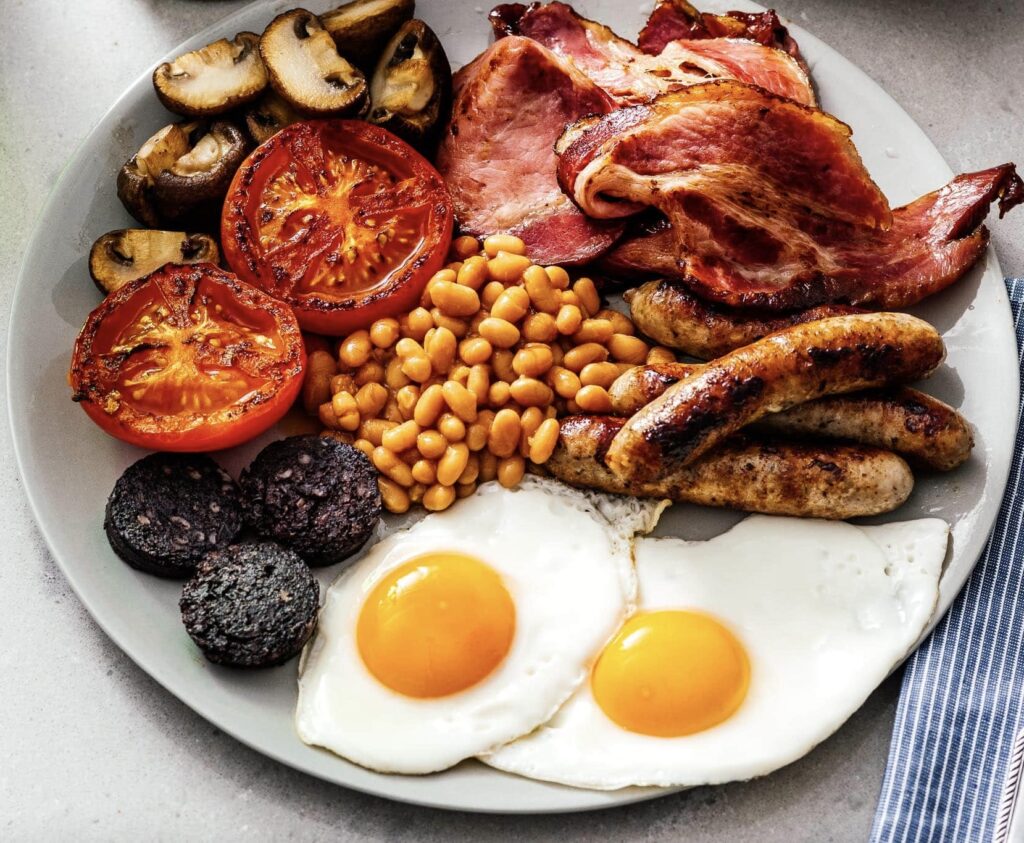
A few weeks ago, I was reminded that you cannot believe everything you see on Youtube. It wasn’t something that I had watched that triggered this, but something one of my junior staff members had seen. She asked my chef Stuart and I whether it is true that most people in the UK eat fish and chips for breakfast, as she had seen a video on Youtube by a Japanese vlogger making this claim. It made us laugh, a lot, and we were really surprised that anyone could think that. The idea of eating fried fish and potatoes for breakfast seemed ridiculous. But then, was it actually such a weird concept I wondered, given that the breakfast the Brits are most associated with is the full English breakfast, or “fry up” as it has colloquially become known as. Fry up because it is made up of a number of elements on the plate, all of which are fried. And there is a very traditional British fish breakfast dish in kippers, a smoked herring. Another fish favourite at breakfast is smoked salmon, served with eggs benedict. Maybe this is where this vlogger’s confusion came from.
When I was in England with my family a few years back, my brother was really surprised when my wife (and business partner) Kio said she wanted to eat salad for breakfast. For an Englishman, that seemed extremely odd. There’s no doubt in my mind Japanese people are more fluid when it comes to what to eat for breakfast, with no fixed protocols like we have in the UK and Europe. And that’s why one of my favourite things about staying in a good hotel in Japan is the breakfast bar. The range and quality of the foods can be incredible and you can pretty much eat your way around the world.
So what is a full English breakfast? According to the British Breakfast Society, the ‘common’ full English breakfast is a substantial meal consisting of back bacon, eggs, British sausage, baked beans, bubble and squeak, fried tomato, fried mushrooms, black pudding, with fried and toasted bread on the side. Taking a look at each of these elements in turn, back bacon is the quintessential British bacon cut, combining the belly bacon favoured by Americans and loin bacon favoured by Canadians.
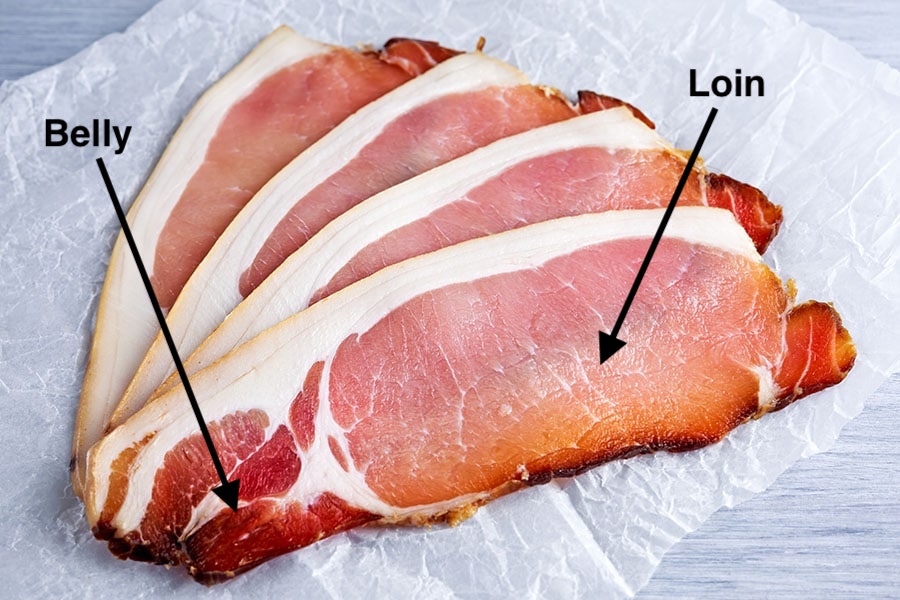
Eggs can be served in any way but fried is the most common. It is a fry up after all.
A good quality pork sausage, or “banger” as we call them, is very important, made by a good butcher using British pork. Any of the varieties of British sausage will work in a fry up, but a simple banger seasoned with salt, pepper and mace works perfectly.
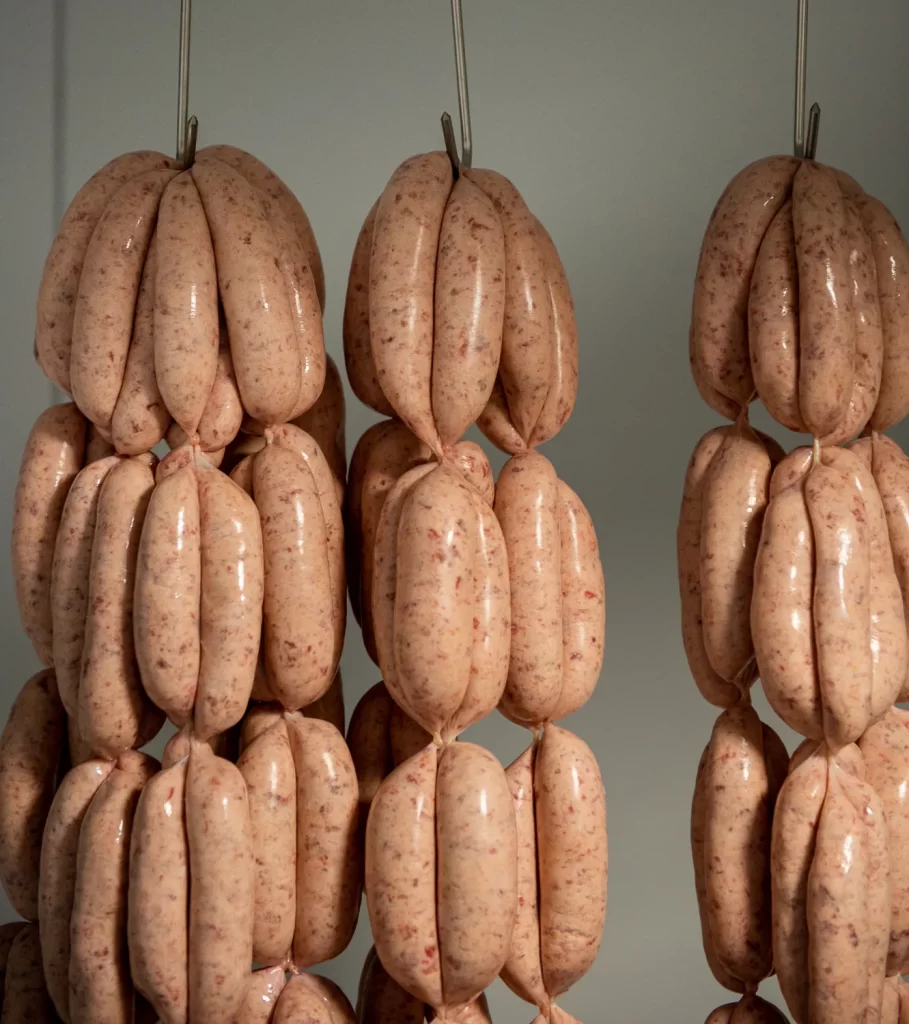
Black pudding is a blood sausage originating in the UK and Ireland. Made mostly from pork blood, pork fat, oats or barley and seasoned with herbs such as pennyroyal, mint, marjoram and thyme. It is sliced and pan fried for serving. I love it but it is not to everyone’s taste.
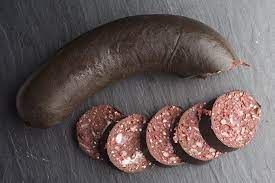
Baked beans have to be included in a fry up. I was surprised to read that baked beans have been in the UK for more than 100 years. The beans first arrived in the UK in 1886, when Heinz sold them – along with other products including tomato ketchup – to posh London department store, Fortnum & Mason (famous for its luxury hampers). They were originally branded as a luxury item and sold at a high price. That changed over the years and they became a cheap staple pantry item in most households. In the 1990’s, the large supermarket chains aggressively cut the price of baked beans to lure customers in to their stores and this lead to the Bean Wars and baked beans being sold at a loss to the supermarkets at just 2 pence (円3) a can. One small independent supermarket even went as far as to sell a can for minus 2 pence, so the customer received 2 pence for each purchase.
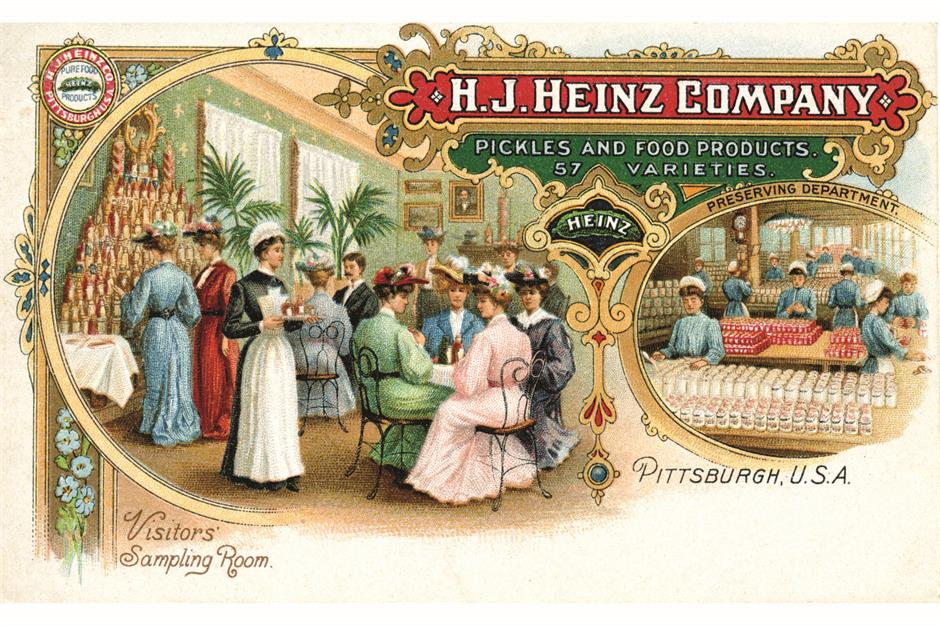
With three kinds of meat on the plate, to balance things up a bit, it is essential to have some vegetables, fried of course! Tomatoes are a must, as are mushrooms. In the autumn, when I was a child we could forage early in the morning for large filed mushrooms in the fields of my family farm and my grandmother would fry them for the English breakfast. It was a lot of fun and they tasted incredible.
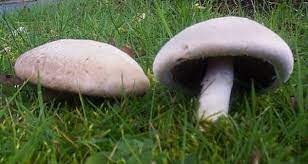

According to the British Breakfast Society, bubble & squeak is also an essential component of an full English. Made from leftover potato and other vegetables, often from the Sunday roast lunch, it is fried until crispy on the outside. But if you have no leftover vegetables, this component has to be made from scratch, which goes against the very essence of what bubble & squeak is, a leftovers classic. So nowadays, for a potato component in the full English, many people favour hash browns. Originally an American invention, no doubt that is the reason the British Breakfast Society do not approve of their use. But they’re pretty tasty!
Bread comes in the form of toast, buttered presumably, and fried bread according to the Society. Having both to me seems extravagant. Fried bread has to be one of the naughtiest things on the planet. After frying all the meat, eggs and veg, the remaining fat in the frying pan is used to fry slices of bread. With all the pork products on a full English, the amount of fat is copious, to say the least. But the bread soaks it all up, leaving the frying pan basically dry. I can feel my heart straining just thinking about this. But it does taste good.
A Brief History of the Full English Breakfast
The Full English Breakfast has a long history that can be traced back to the 13th century, when the English started eating more substantial breakfasts to fuel their long workdays.
However, it was during the Victorian era (1837-1901) that the Full English Breakfast as we know it today began to take shape. This was a time when the British upper classes had more leisure time and could afford to indulge in a larger, more elaborate breakfast.
During World War II, the Full English Breakfast became a staple of the British military diet, as it provided soldiers with a high-energy meal that was easy to prepare in the field.
In the post-war years, the Full English Breakfast continued to be popular, and it became a symbol of British culture and tradition. However, as people became more health-conscious in the latter half of the 20th century, the breakfast fell out of favor, as it was seen as unhealthy and high in calories.
According to a 2020 research study into British breakfast trends, 17 percent of under-30’s in the UK said they had never tried a fry-up, with 7 out of 10 telling an online poll they’d rather go for smoked salmon or smashed avocado on toast. The survey found millennials were wary of the nutritional content of the meal, with 20 percent associating the dish with heart attacks and obesity. It seems the full English breakfast has seen its peak of popularity, but I have no doubt it will survive. We all need a naughty treat from time to time after all. And it will always remain a wonder cure for a bad hangover, with a large pot of tea of course!